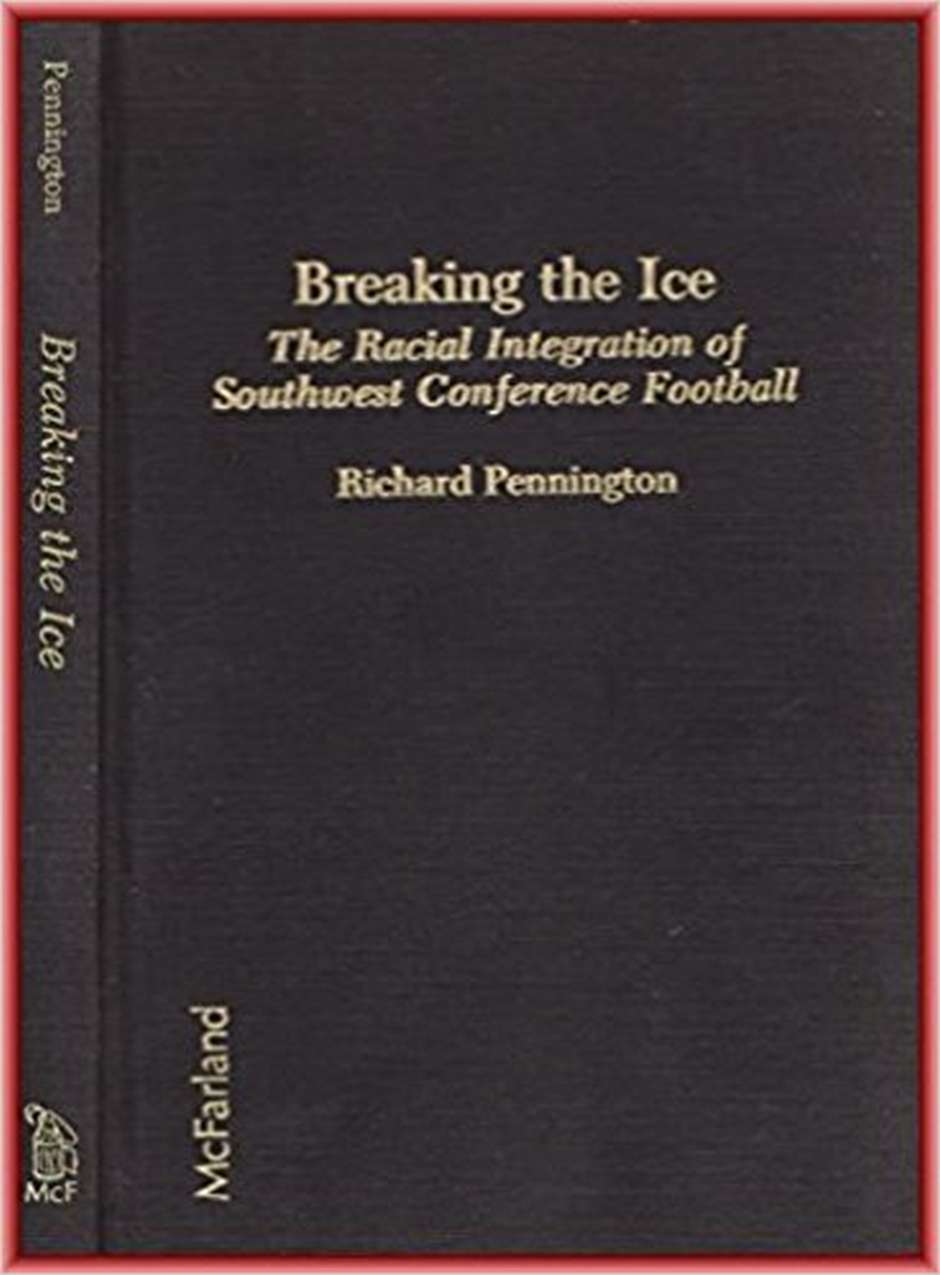Description
My journalism career had scarcely begun in 1984. Sure, I had seen a few articles published in the Daily Texan and some local magazines when I decided to write a book about the first black football players—and how they dealt with European-American teammates and opponents—in SWC history. An absurd, foolish proposition, given my limited experience and resources but I went ahead anyway. Using horse-and-buggy technology, I wrote hundreds of letters to ex-players, coaches, sports information directors and others involved in a story that would come to have a lasting grip on my heart and mind. I grew up in the waning days of Jim Crow sports in the Lone Star State and then witnessed the changes that came with the confluence of athletic cultures.
As a relatively young writer, I was sometimes a bit in awe of the men I was interviewing and came to regret not asking more probing questions. The most obvious example here was Darrell Royal, the former coach at my alma mater, the University of Texas. We had two or maybe three sit-down interviews with the tape recorder running, and I wish I had been more insistent on straight answers about why he had waited so long to integrate the Longhorn football program. At least he spoke to me; Frank Broyles at Arkansas politely refused. On the other hand, my series of interviews with SMU’s Jerry LeVias formed the basis of a friendship that has now lasted almost three decades. I treasure the memory of interviewing such people as Doak Walker, Hayden Fry, John Bridgers, Bubba Smith, Mel Farr, Warren McVea and Roosevelt Leaks.
But easily the most interesting person I met in the process of writing this book was Dr. Marion Ford. Shortly after the Brown v. Board of Education ruling of 1954, he was among the first group of black students accepted as undergrads at UT. He brashly informed a Houston Post writer that he planned to go out for the football team when he arrived in Austin. A decision was suddenly and mysteriously made in which those students were told to go elsewhere. Ford did, attending the University of Illinois for two years before transferring back to UT. In the midst of a dreadful 1-9 season, he went to coach Ed Price and volunteered to join the team. “Ed, you need me,” he said. Price, who knew his firing at the end of the season was certain, declined. Ford washed his hands of athletics, got a degree in chemical engineering, then another in dentistry, learned to speak several languages, made a fortune and became a world-class dancer in the process. How different things might have been if this one young man, followed inevitably by others, had been allowed to play.
Breaking the Ice took two years to research and write, plus another year of seeking a publisher. When McFarland & Co. of Jefferson, North Carolina agreed to put it out, I was beyond happy. Holding it in my hand for the first time was—forgive the cliché—like cradling a newborn baby.
The book, although packed with information, is not perfect. It contains minor factual errors, and some of the writing is rather prescriptive. Furthermore, I know the college sports integration story far better now than I did in the mid-1980s. On the whole, though, it turned out well. I think it has stood the test of time. The fact that it has been cited in numerous other books and publications is indicative that I created something of value. Breaking the Ice was dedicated, I am proud to say, to “all black Texans, past and present, who never lost their dignity.”


Reviews
There are no reviews yet.